2021 has been the year that Tamron has adjusted their aim to include a very important (and oft-overlooked) space – Sony APS-C E-mount. There are a LOT of Sony APS-C mirrorless shooters out there, and despite the large audience, there are relatively few APS-C specific releases. That seems to be changing, though. At the beginning of 2021, Tamron released their 17-70mm F2.8 Di III-A VC RXD fast aperture standard zoom lens, which I noted in my review might now be the biggest advantage for Sony in the APS-C space. The B070 (as Tamron refers to the lens) is a well made, fast focusing, optically excellent zoom that pretty much has it all. But Tamron clearly wasn’t done, as we now see a new APS-C for the middle of the year, this time a wide angle zoom that continues the tradition of a constant fast aperture of F2.8. The Tamron 11-20mm F2.8 Di III-A RXD (which Tamron calls the B060) is another intriguing addition to the Sony APS-C mirrorless space.
Tamron loves its initials in their lens names, so let us sort out that alphabet soup. Di III is their designation for a mirrorless lens design, and, in this case, the addition of -A at the (Di III-A) refers to their development for APS-C mirrorless. RXD refers to the focus motor. I’m a fan of the RXD motors, as in every application I’ve tested, I’ve seen quiet, fast, and precise autofocus.
There are few legitimate alternatives to this lens, as there are few wide-angle lenses on Sony APS-C E-mount, and only one comparable zoom. The Sony E 10-18mm F4 OSS has a similar though not identical zoom range, a smaller maximum aperture of F4, but compensates by having optical stabilization. The two lenses are priced similarly, though the Tamron is more of a premium lens due to having a “professional-grade” maximum aperture, a stronger optical performance, and having a weather sealed build. Outside of the Sony 10-18mm, there really aren’t many options. There’s some overlap in focal range in the E 16-55mm F2.8 G, which is Sony’s premium player in this group, though that lens is more of a standard zoom and doesn’t go particularly wide. It is also priced about $500 higher, so I see that lens more as a competitor to the 17-70mm F2.8 from Tamron. But Tamron knows its business, and I like that they are utilizing a lot of their skills honed on their very well received Sony full frame zooms for these new lenses in the APS-C space, as this is another premium option for Sony shooters. It is a lens worth its roughly $1130 CDN price tag? Read on to find out…
I used both my Sony a6400 and Sony Alpha 1 in APS-C mode to do this review.
B060 Build, Handling, and Features
I found the 17-70mm F2.8 to be more like a full frame lens in terms of size and weight, but the B060 is more compact. It weighs nearly 200g less (335g) and is over 33mm shorter (86.2mm). This makes for a nicely compact lens when you consider the wide angle of view and large maximum aperture. It is larger and heavier than the 10-18mm F4 from Sony, but F4 lenses are always smaller and lighter relative to F2.8 lenses. The 10-18mm is only 225g and is only 63.5mm long, so if your priority is small size, that continues to be the winner. As noted above, however, the Tamron is a more professional grade lens in a number of ways. The lens isn’t tiny, then, but for a wide aperture, wide angle zoom, it is still reasonably compact, and matches my a6400 just fine.
There’s no question this is an extremely useful focal range, giving you framing options from very wide (16.5mm full frame equivalent):
to somewhat tighter framing (30mm full frame equivalent):
This will enable you versatility in composing your wide angle scene and covers most of the classic wide angle options. While the depth of field is more equivalent to a full frame F4 lens, the F2.8 aperture will always have the light gathering capability of an F2.8 lens (regardless of whether attached to APS-C or Full Frame), meaning that the B060 has the advantage of being able to have more in focus at larger apertures but all the light gathering potential of an F2.8 lens – which can be a big help in low light conditions.
As has been Tamron’s design philosophy thus far, the design language is clean, modern, and without distractions. That’s the nice way of putting it. The glass half empty approach is to note that there are no features on the outside of the lens. No AF/MF switch, no switch for the VC, and definitely nothing like an aperture ring or focus hold button. Tamron has kept the prices on these lenses reasonable by focusing on excellent internals while adopting a fairly bare bones approach on the outside. It seems to be working, however, as Tamron’s sales on Sony have been brisk. The 28-75mm F2.8 RXD that started this revolution was the world’s best selling lens (period!) for several years following its release.
What you will find on the outside is two rings. Their position is reversed relative to the 17-70mm, which is unfortunate for those who will buy both lenses to use as a kit. The closer (and wider) of the two is the zoom ring. The zoom ring has a rubberized, ribbed texture, is easy to find by touch, and moves smoothly through the zoom range without any sticking points. The inner barrel will extend about 2cm at the 11mm position, and is fully retracted at the 20mm position.
While many would prefer an internally zooming lens, thus far all of these Tamron zooms have been externally zooming, though they must be doing a fairly good job of sealing the lenses, and I’ve heard little anecdotal reports from buyers about getting dust inside of them. I’ve owned the Tamron 28-75mm RXD for years and it is still clean inside. I also have the 17-28mm, 28-200mm, and 70-180mm and have had no problems with any of them. The inner barrel extends smoothly and without any wobble.
The second ring (nearer the front of the lens) is the manual focus ring. You will have to select manual focus from within the camera due to having no AF/MF switch (a pain!). This (like all mirrorless lenses) is focus-by-wire, meaning that focus input on the focus ring is routed through the focus motor to move the elements. Focus emulation is reasonably good, with a smoother focus action than I saw on the 17-70mm. The focus ring moves smoothly, but isn’t linear.
Tamron has included a shallow, petal-shaped lens hood with deep ribs inside that disrupt stray light bouncing around. It’s plastic and lightweight, but the quality of the plastics is apparent by feel. It doesn’t feel as cheap as some hoods that I see. It feels like it could take a few bumps without cracking. Due to the wide-angle nature of the lens, the lens hood is fairly wide, so it doesn’t reverse completely flush along the sides of the lens for storage.
Tamron has continued to retain the 67mm filter threads that it has managed to put in just about every lens it has created for Sony mirrorless. That really helps in allowing you to share filters and is one incentive for customers to keep buying additional Tamron lenses.
The lens’ housing is a nice grade of engineered plastics with a satin finish. There’s a platinum-coloured accent ring right near the lens mount. Nothing fancy on the outside, but the lens “look” is clean and it looks nice mounted on the camera.
As noted, however, the good stuff is inside. There’s a rubber gasket at the lens mount that is the outer evidence of the weather sealing inside, and this is diagram from Tamron shows that there are a total of seven seal points in the lens. This is capped off by a nice fluorine coating on the front element, which not only helps protect it from scratches but also makes it water and fingerprint resistant and thus easier to clean.
Tamron’s recent trends regarding MFD (minimum focus distance) hold true here, as the lens sports two different MFDs for wide (0.15m/5.9″) and telephoto (0.24m/9.4″). Both are pretty close, frankly, with the 11mm position requiring you to be nearly on top of your subject (the length from the sensor to the end of the lens WITHOUT the hood is 12cm, leaving you only 3cm of working room to your subject. If you leave the hood on, that length grows to 14.5cmm, leaving you a few mm of working room. It will be almost impossible to avoid shading your subject with the lens attached, so remove the hood to give you a bit more working room. Even so, I found it almost impossible to properly light my test chart even moving my lights right in, as this is what MFD looks like:
Should you be able to get that close, you get as high as a 0.25x (1:4) magnification figure, which looks like this.
Being able to pull off shots that close in the real world are rarely going to happen, so I consider that 0.25x figure to mostly be marketing. You can still get a reasonable magnification by backing up a bit, though. My preference is just to use the 20mm position. The telephoto end gives you a better working distance and better results in terms of sharpness, but unfortunately the magnification figure drops to a much more pedestrian 0.13x, though even that figure is better than the Sony 10-18mm F4. The magnification at 20mm looks like this:
You’ll note that the 20mm position gives a nicely flat plane of focus, meaning that real world results are nice and crisp:
The telephoto figure is a bit lower, but achieving the result will be much simpler in the field and probably much more satisfying in the process.
As is common with wide angle lenses, Tamron has reduced the number of blades from nine to 7 rounded blades. A lens like this is less about bokeh and more about being able to produce nice sunstars, and the seven bladed aperture produces a cleaner looking sunstar.
Tamron touts the flare resistance of this lens, but frankly, I’m not seeing it…particularly at smaller aperture. More on that later.
All told, though, the B060 is another very nicely made lens with some professional internals…even if the outer shell is fairly plain. This is a lens designed for performance rather than features.
Autofocus and Video Performance
The B060 has Tamron’s excellent RXD, and the Rapid eXtra-silent stepping Drive (RXD) is everything a mirrorless autofocus system should be. It is fast, quiet, and accurate. Tamron has a bit of an advantage on Sony as Sony is a stakeholder in Tamron and grants Tamron access to their focus algorithms. This means that Tamron doesn’t have to reverse engineer everything like they did on Canon and Nikon, and the difference shows. I’ve found no difference between Tamron lenses sporting the RXD and VXD focus systems and the best Sony lenses. I really see this in the stability of the focus, as these Tamron lenses focus rock solid without any pulsing or hunting. I was able to get good focus results on either my a6400 or the Alpha 1 in APS-C mode.
Eye Detect works fine (as it does almost universally now), though with a wide angle lens like this you have to be pretty close for the eye to occupy a large enough part of the frame to show active tracking. If you are close enough, however, the “stickiness” of the box on the eye is fairly good and will follow the subject around. You can see that this 20mm F2.8 shot is perfectly focused:
I also found autofocus fairly intuitive for either grabbing the subject I wanted or quickly changing to my alternate subject if I moved the AF point there.
The B060 was a great performer for video focus pulls, giving smooth, confident pulls without any noise, pulsing, or settling. Focus is completely silent in my tests, with no audible focus noise recorded by the onboard mics. Focus breathing was only minimal, with a very tiny chance of subject size depending on focus.
Focus speed is extremely fast, with focus changes from close to distant happening near instantaneously and without any drama.
Bottom line is that you probably won’t find a better focusing lens among any competing lenses. Everything here is top notch, and I have zero complaints…as has been the case with all of Tamron’s lenses equipped with either RXD or VXD focus motors.
B060 Image Quality
The B060 sports an optical formula of 12 elements in 10 groups, with 5 of those being exotic elements (molded glass aspherical, hybrid aspherical, and Low Dispersion). Here’s a look at the optical design and MTFs:
If you understand MTF diagrams, you will note that these are very good looking MTFs for a wide angle zoom lens. Tamron does its MTFs wide open, and the surprising thing about the 11mm result is that there is actually a bit of dip in resolution near the mid-frame position with the corner resolving better than the mid-frame area (though contrast is must lower in the corner relative to the mid-frame). The 20mm result shows a more typical slide towards the edge of the frame. I had no problems getting nicely detailed images with the lens:
Over the years I’ve always gotten a lot of questions from viewers or readers about how an APS-C lens works on a full frame camera. In this case Sony E-mount is identical, so E-mount lenses fit perfectly on FE (full frame E-mount) cameras. Just because the lens fits, however, doesn’t mean that it covers the image circle. Some APS-C lenses cover a considerably wider area of the frame than the APS-C crop, so they are worth considering using on full frame and cropping a bit. In this case, however, Tamron has cut things pretty close. This sequence of images shows the scene composed with the APS-C mode engaged on my Alpha 1, then shooting it full frame, and then the result after I cropped the mechanical vignette out (the completely black area with the lens image circle isn’t large enough to cover the sensor).
You can see that there really isn’t much of a difference, and if I finished cropping that last tiny bit of blackened area in the corners, then the difference would be essentially negligible. This is an APS-C lens, so it’s best to use it on an APS-C camera.
My formal tests are done on the 24MP APS-C sensor of the Sony a6400, which is a very common resolution point at the moment. Here’s a look at the vignette and distortion at 11mm:
We can see both moderate barrel distortion and vignette. Due to a quirk of Lightroom having just been updated, the B060 already has a correction profile available in Adobe, but I’ve done a manual correction here for demonstration purposes. I like to do manual correction for these tests as it allows me to examine the flaws without them being hidden by a clever profile. In this, however, there’s nothing particularly nasty. The distortion is fairly linear, so I could get a reasonable result even with a manual correction of the distortion (I used a +10), and vignette was also manageable. I used a +46 and moved the midpoint over to zero for a nicely clean result. Use the standard profile in camera for JPEGs and Video for a cleaner still result, or use the correct profile in your editing software for RAWs to get a nicely clean end result, though I did find the Adobe correction profile for vignette a little too aggressive for my night sky images, where the edges appeared lighter than the center. Fortunately I could scale that back for a more balanced result.
As is typical for a lens like this, the distortion pattern flips to a pincushion style distortion at 20mm, though this distortion is even more linear and easier still to correct for. I used a -8, and the vignette was also lower, requiring only a +26 to correct for, which is pretty negligible.
I’ve seen a lot of otherwise good lenses derailed by distortion or heavy vignette, but that’s not the case here; this is a very good result. Everything is easily correctable and none of the flaws extreme.
I watched for chromatic aberrations but so little evidence of them. Longitudinal chromatic aberrations (fringing before or after the plane of focus) were essentially impossible to spot in real world use, and, while I could see trace amounts of lateral chromatic aberrations on my chart (fringing in dark to light transitions near the edge of the frame), they were too insignificant to see in real world use, so no problems here.
Let’s move on to resolution and contrast. I do my examinations at 200% magnification, as this clearly shows lens strengths and flaws for you to see. First, here’s my test chart:
We will start with F2.8 crops (near 200%) at 11mm from the center, mid-frame, and extreme lower right corner.
What they show is that this lens delivers a strong performance across the frame at F2.8, with contrast and acuity looking a little softer in the extreme corner. Stopping down to landscape apertures like F5.6 and F8 did improve contrast and resolution a bit, but not significantly.
This mirrors what I see in the real world, though at a more typical 100% magnification, real world results are even better. What you’ll find from the series below, however, is that this scene doesn’t really look much different whether shot at F2.8 or at F5.6. Contrast is ever-so-slightly improved at F5.6, but not by much, and that’s true whether looking at the center or edge of the frame comparison:
I found that the B060 really hit its stride in the center of the zoom range, though, with great clarity and detail across the frame at either 14mm or 16mm:
Where it is truly exceptional, though, is at 18mm, where it delivers a flawlessly sharp performance everywhere on the frame even at F2.8:
This is where I would shoot for optimal sharpness, which is truly excellent anywhere in the frame in a real world shot, whether in the foreground or background.
The copy of the B060 that I reviewed bucks the trends of the MTFs by actually giving me a slightly better performance at 20mm than what it did at 11mm, with 18mm only being ever-so-slightly sharper. Even at F2.8, I got nicely detailed images across the frame:
At landscape apertures the lens delivers beautiful, highly detailed results.
While you don’t turn to wide angle lenses for bokeh, the quality of the blur is reasonably good here. It’s better, frankly, than what we saw on the 17-70mm F2.8 despite that lens having much more potential for creating the blur. This image at 20mm, F2.8 has a fairly nice transition to defocus.
I also think this image looks fairly good, as did others where the background was defocused.
The weak spot for the B060 is in the flare resistance. The image above looks fine, and, frankly, the performance at wide apertures is much better than the performance at smaller apertures. I was surprised to find that the B060 has Tamron’s 2nd Generation BBAR coatings, as they are excellent in other lenses with them I’ve tested. I just wasn’t very impressed here, however. The first set shows the B060 wide open at 11mm, then stopped down to F11. The second set repeats that at 20mm, while the final set shows a few random images, including the final at a more moderate F5.6 aperture. In every shot there are ghosting artifacts, and in some cases they are quite pronounced.
I’m somewhat surprised that Tamron is bragging about this aspect of lens design, as it is to my eye the single greatest weakness for the 11-20mm RXD.
What is definitely stronger is the coma resistance, which, other than a bit of “star-stretching” in the corners, looks quite good.
Overall, however, we’ve got a very good lens optically. It’s a good wide angle zoom range, and can produce a lot of great looking images. If you compare the MTF charts to the older Tamron 10-24mm VC lens, the newer zoom is far superior optically.
the B060 joins the B070 as worthy additions to any Sony APS-C shooters kit. You can go from very wide to medium telephoto with a constant wide aperture and great sharpness across the two lenses. I suspect that Tamron would love if you bought both of them to pair together.
Conclusion
I concluded my review of the Tamron 17-70mm F2.8 VC RXD on a very positive note, calling it a system seller. It was simply better than any competing lens that I had used on any other platform, and there’s some similar truths to be had about the Tamron 11-20mm F2.8 RXD lens. In some ways the B060 is most similar to the very expensive (and very large) Fujinon XF 8-16mm F2.8 LM WR lens. The Fuji is obviously a wider, more extreme instrument, but, like the Tamron, it has a constant F2.8 aperture and weather sealing. Most competing zoom lenses are either variable aperture zooms or have an F4 aperture. The Tamron is a far more practical lens, however, weighing a little over a third as much and costing less than half as much.
The B060 has a nice (if plain) build with thorough weather sealing, great autofocus, and has really fantastic image quality across the zoom range. It is compact, lightweight, and handles great. Not a lot to complain about, really.
My list of complaints is brief. I would have preferred a little better flare resistance, and would like an AF/MF switch on the barrel, but outside of that, this lens was pretty much nailed by Tamron. Here’s hoping that they continue to fill in the gaps for Sony APS-C shooters who have had a long season without much attention. 2021 has been a good year thus far, however, with two excellent Tamron zooms covering from 11-70mm with a constant F2.8 aperture. More, please!
Pros:
- Great wide angle zoom range
- Maintains F2.8 aperture
- Relatively compact and lightweight
- Good build with weather sealing
- Fast, quiet, and accurate autofocus
- Shares a 67mm filter thread with other Tamron lenses on Sony
- Exceptional optical performance
- Good coma control
- Strong aberration control
Cons:
- Some flare issues
- No switches or other eternal features
About the Author
Dustin Abbott is a professional photographer and photography gear reviewer based in Ontario, Canada. His reviews for his website and YouTube channel are viewed around the world. www.dustinabbott.net







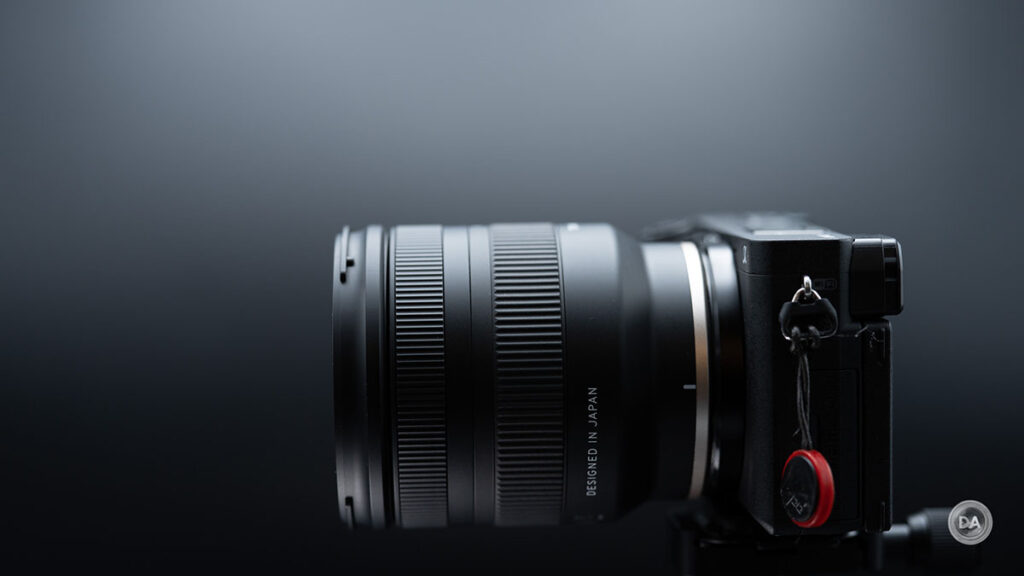
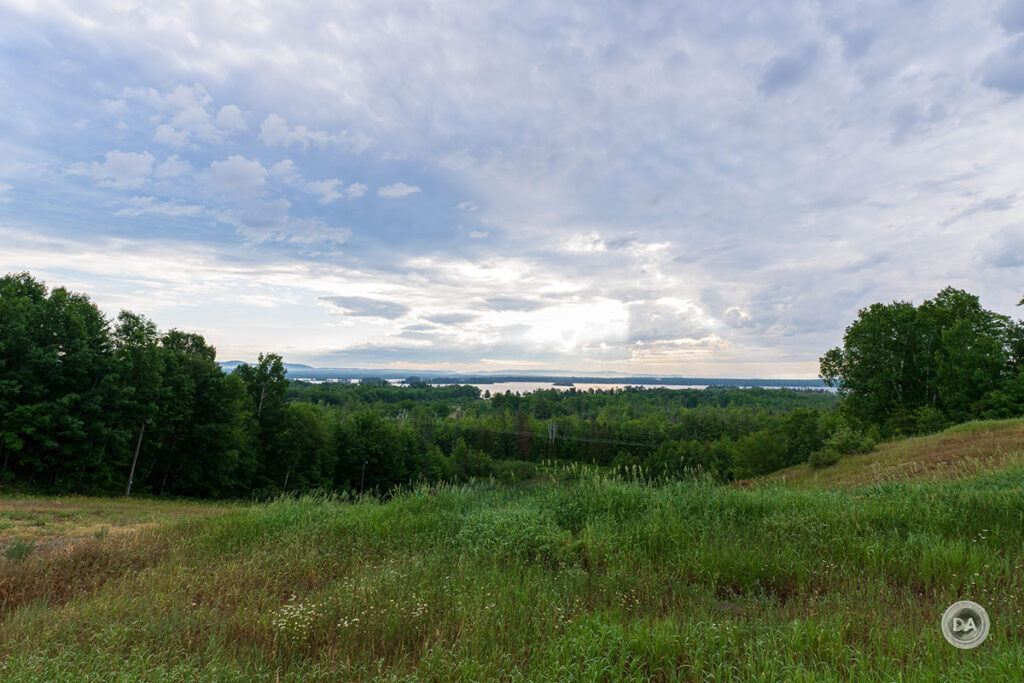

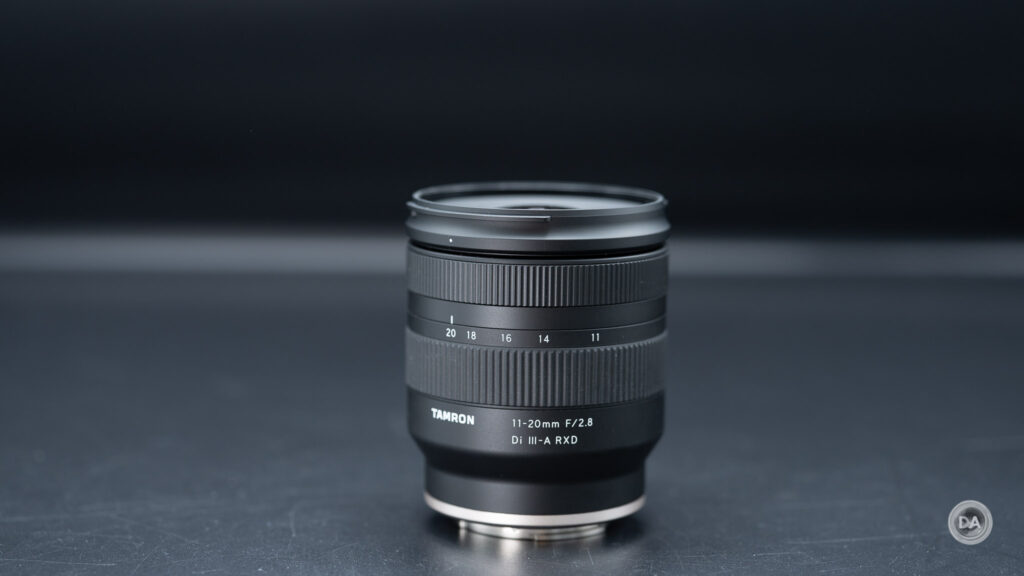
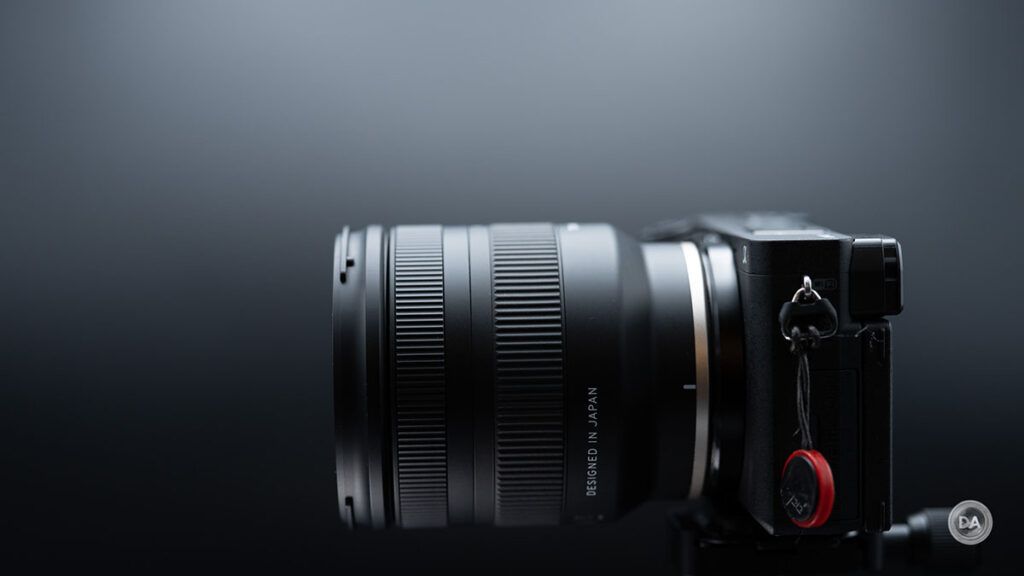
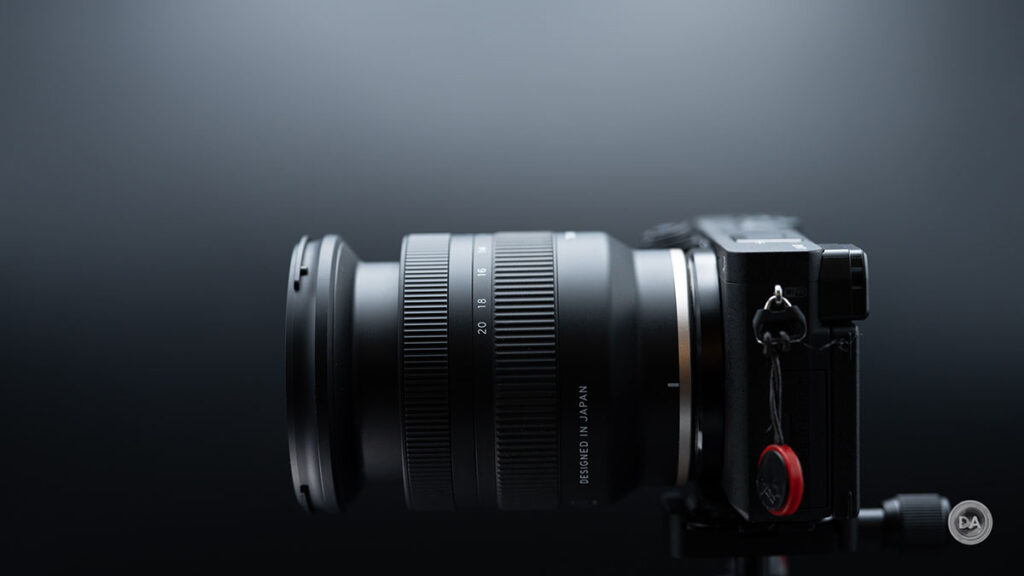
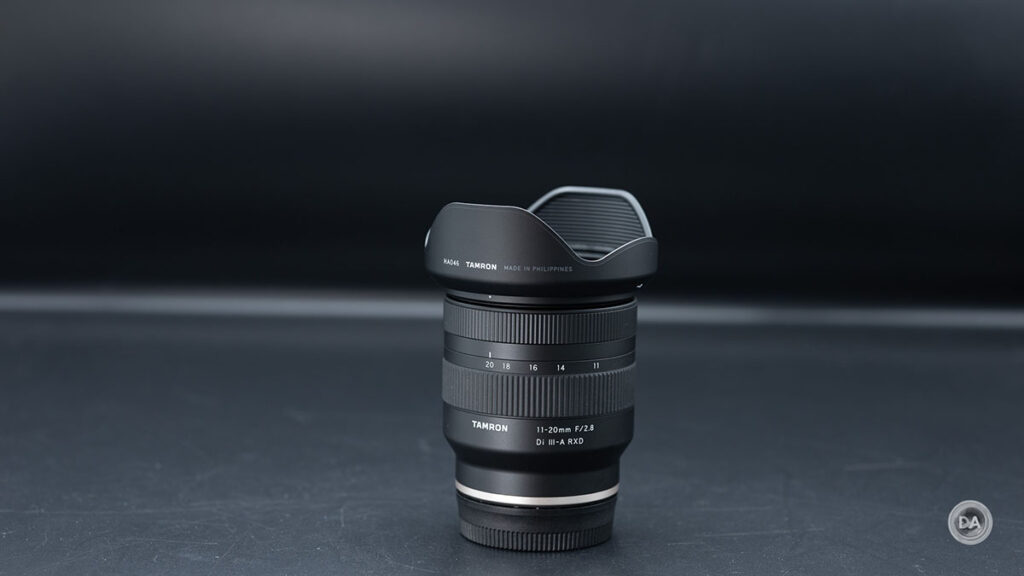
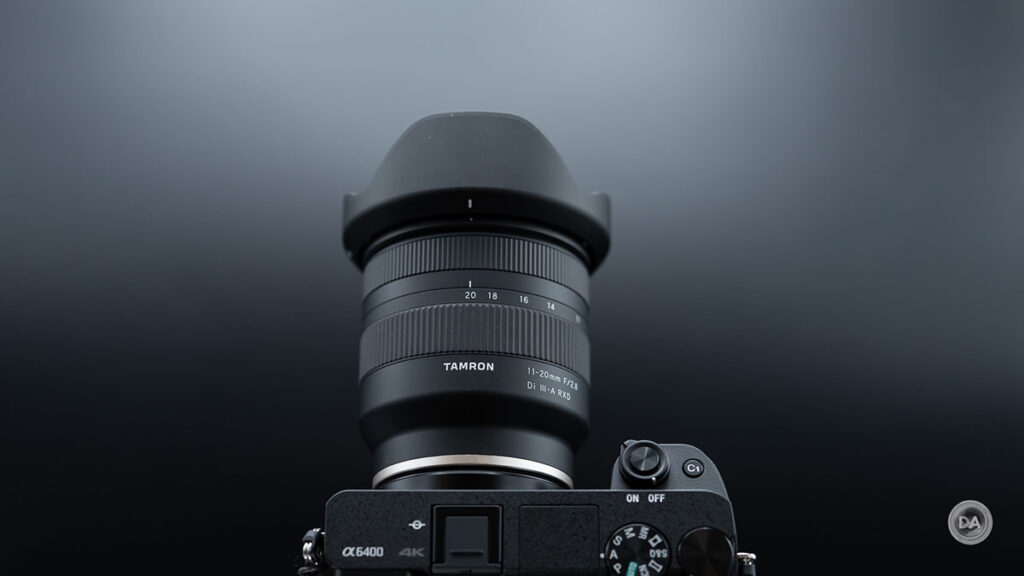
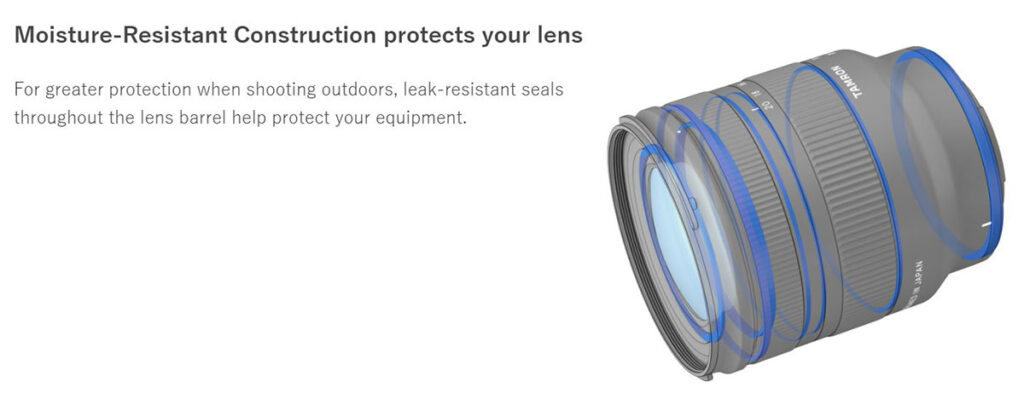
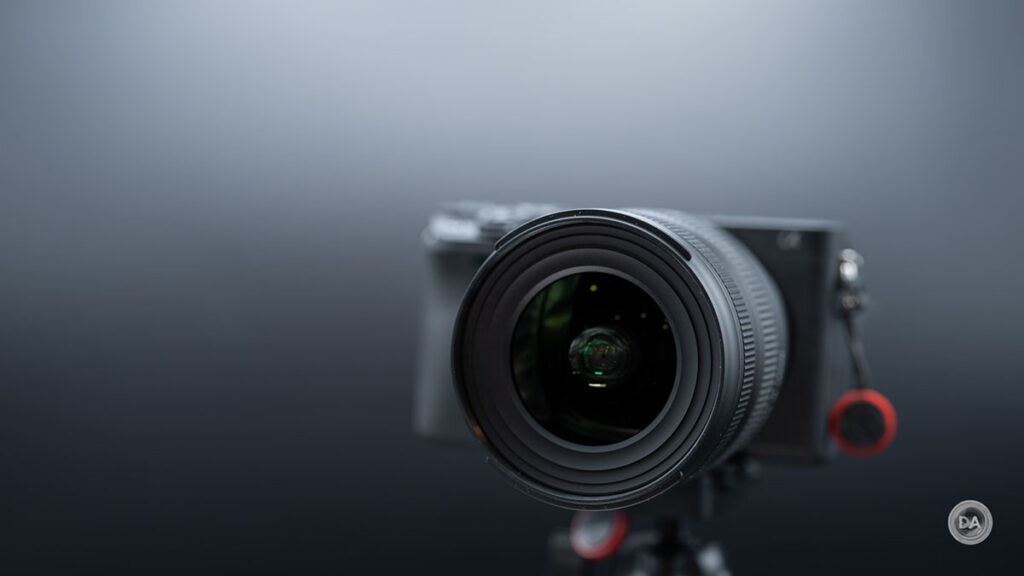
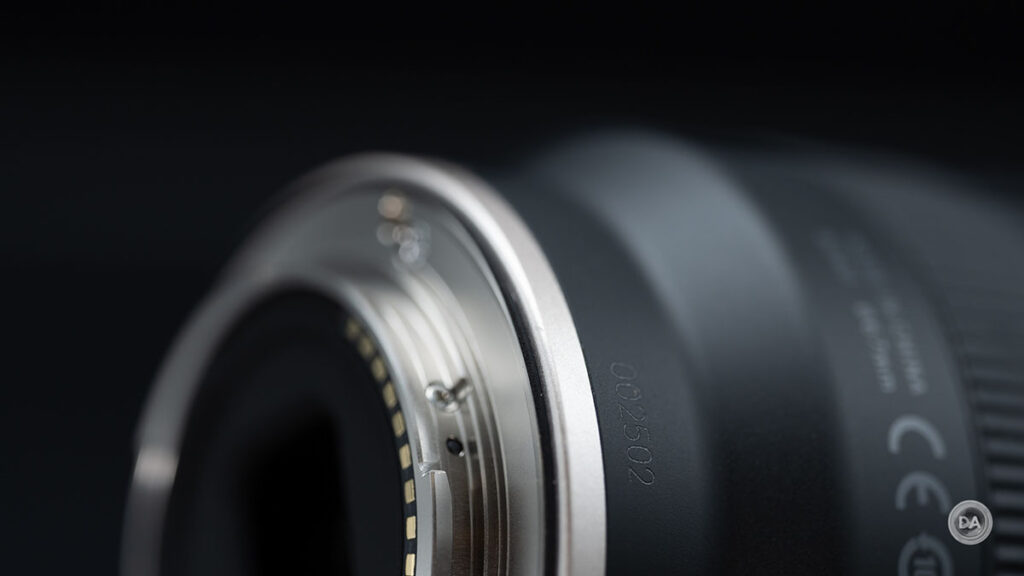
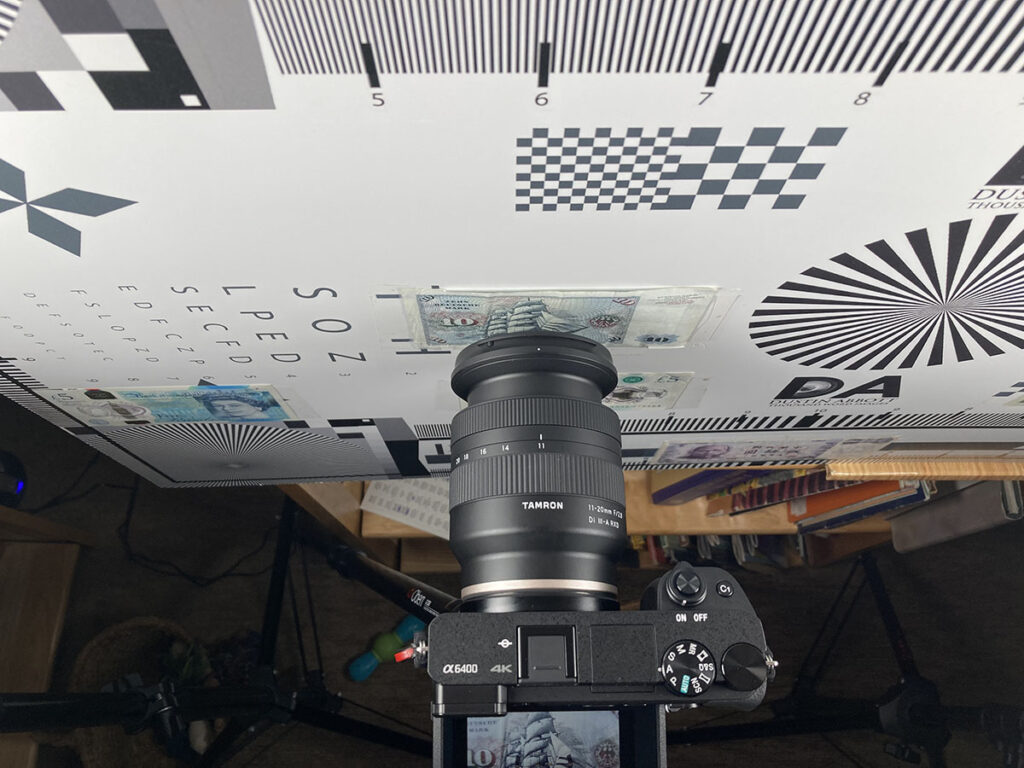




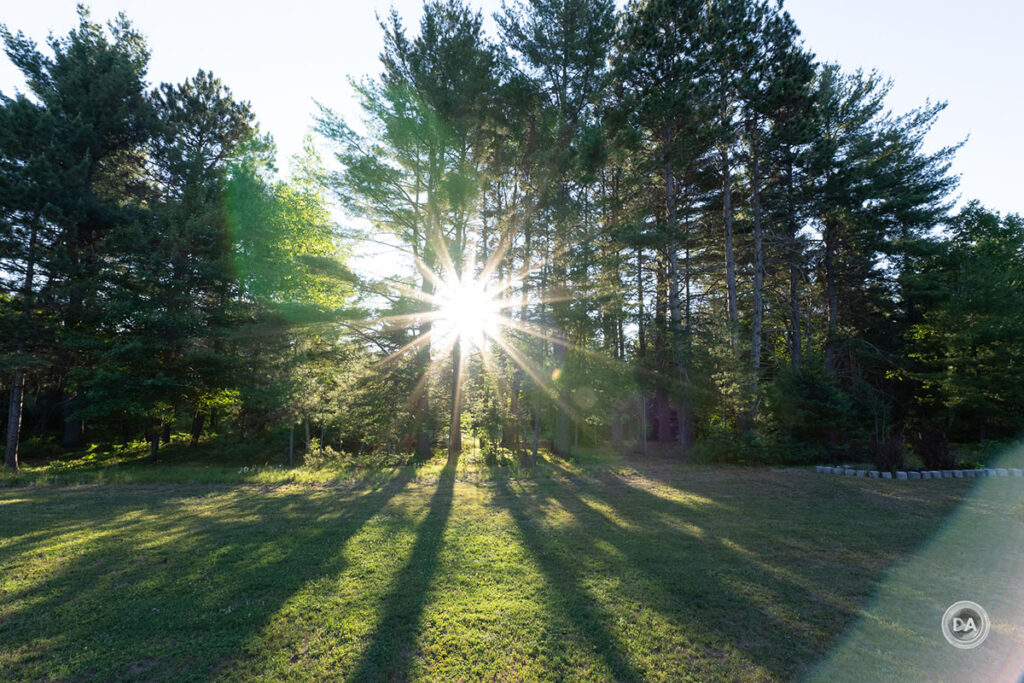


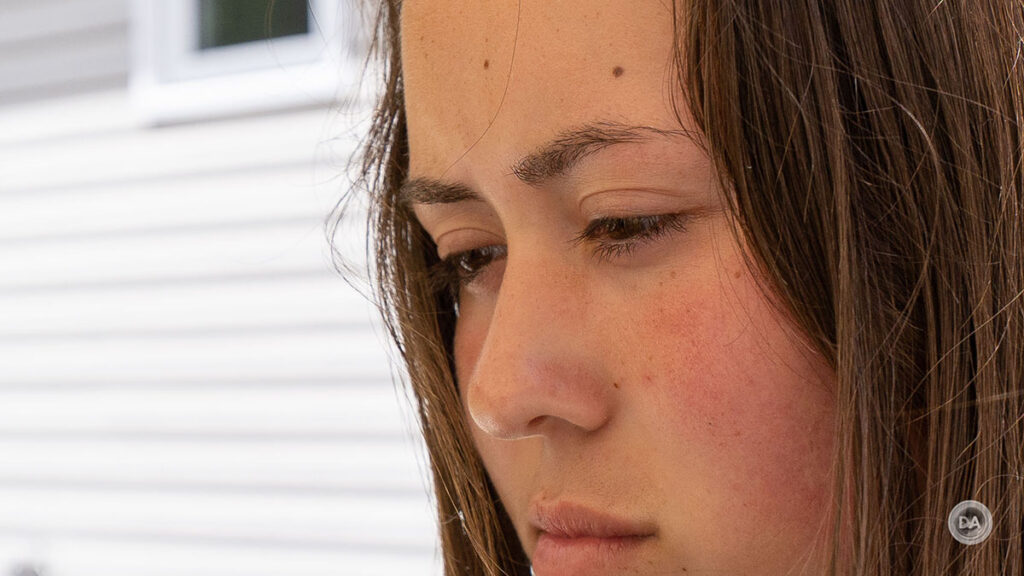
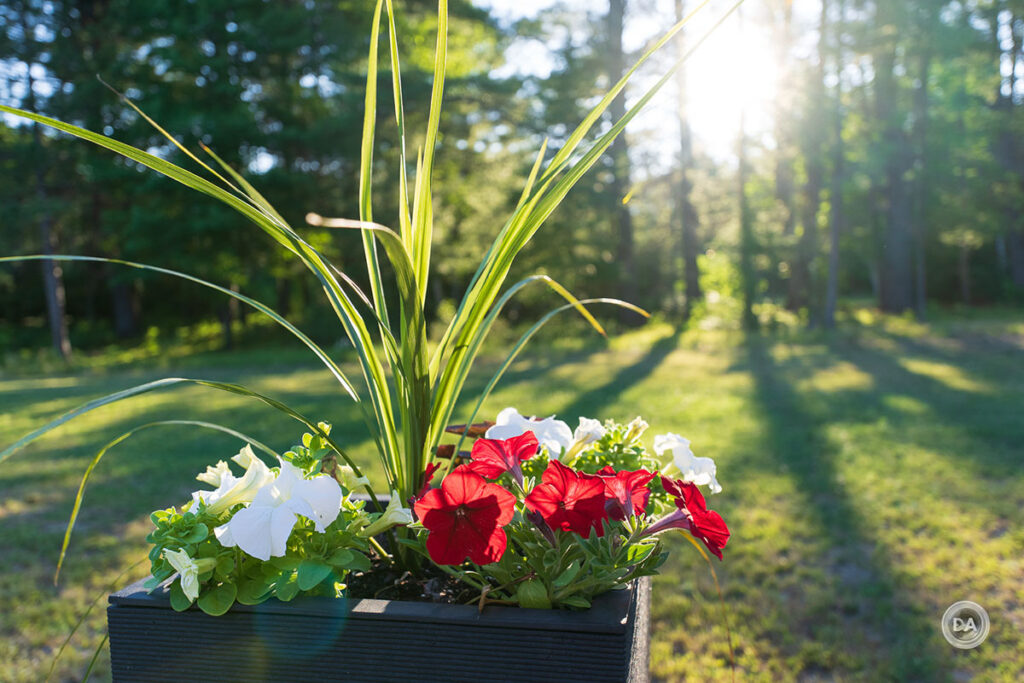

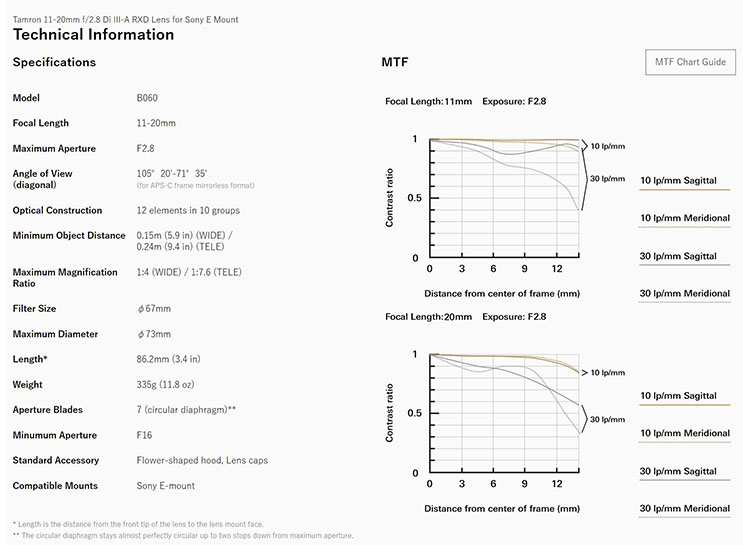
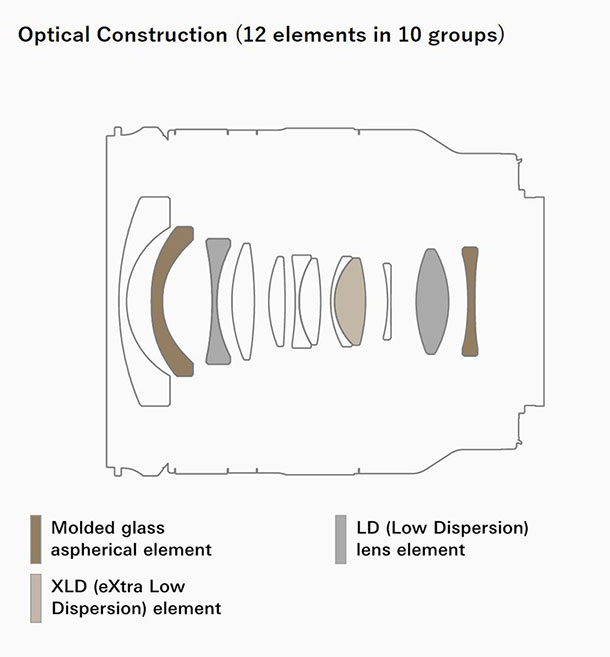


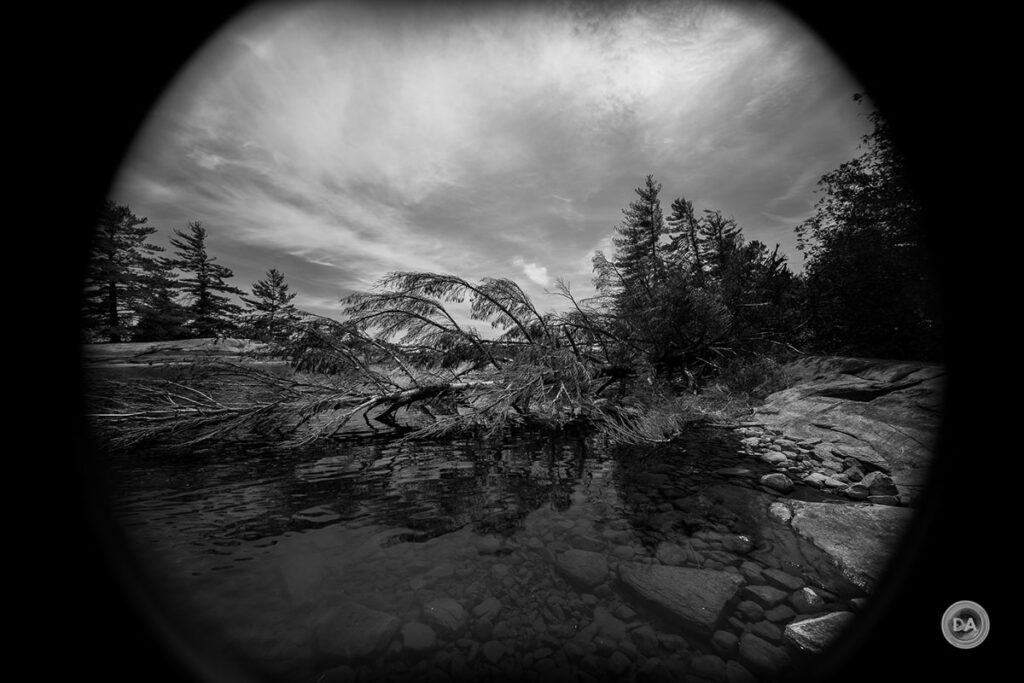

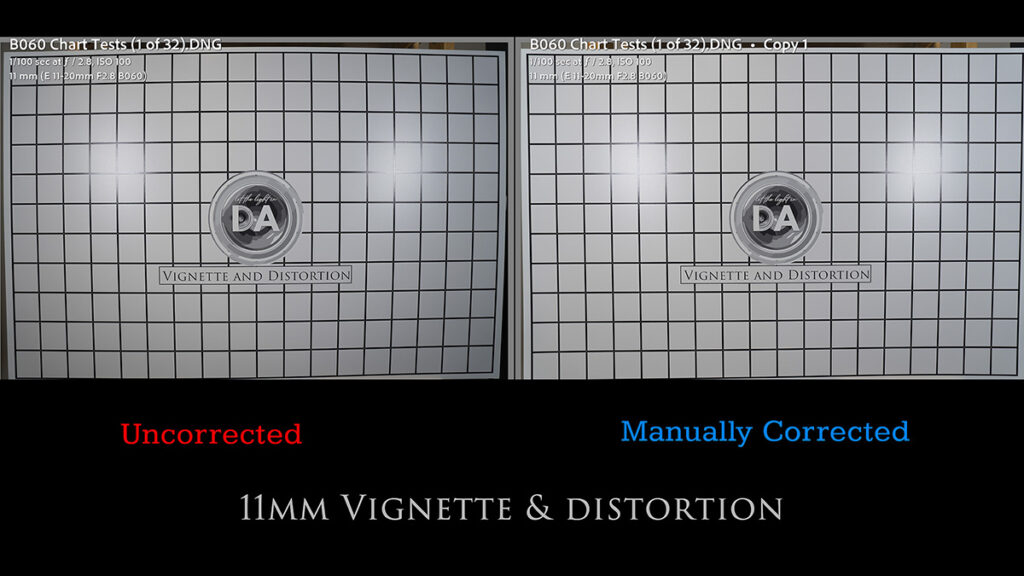
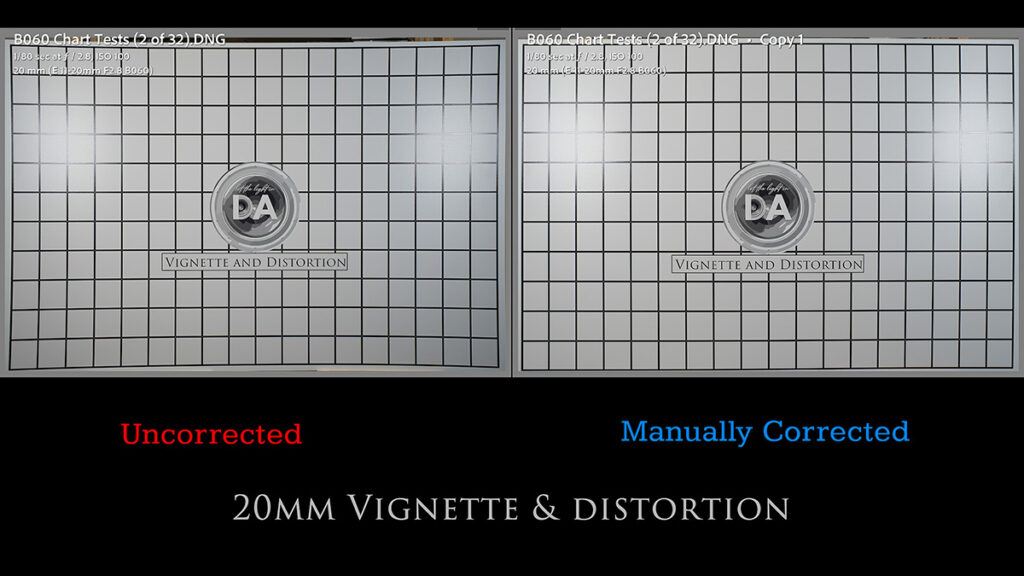
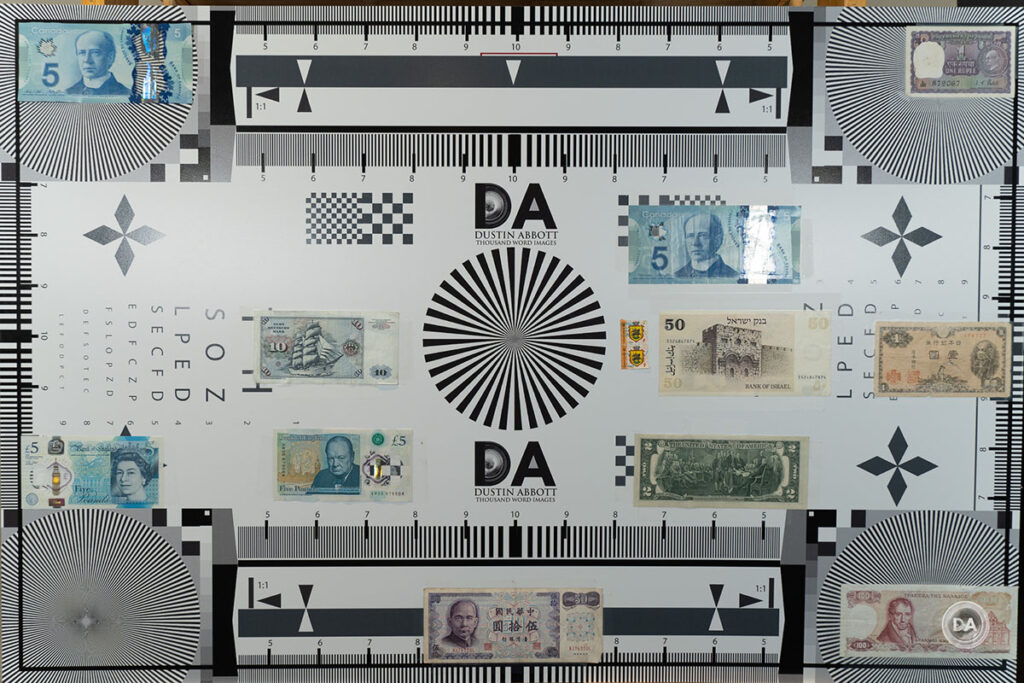
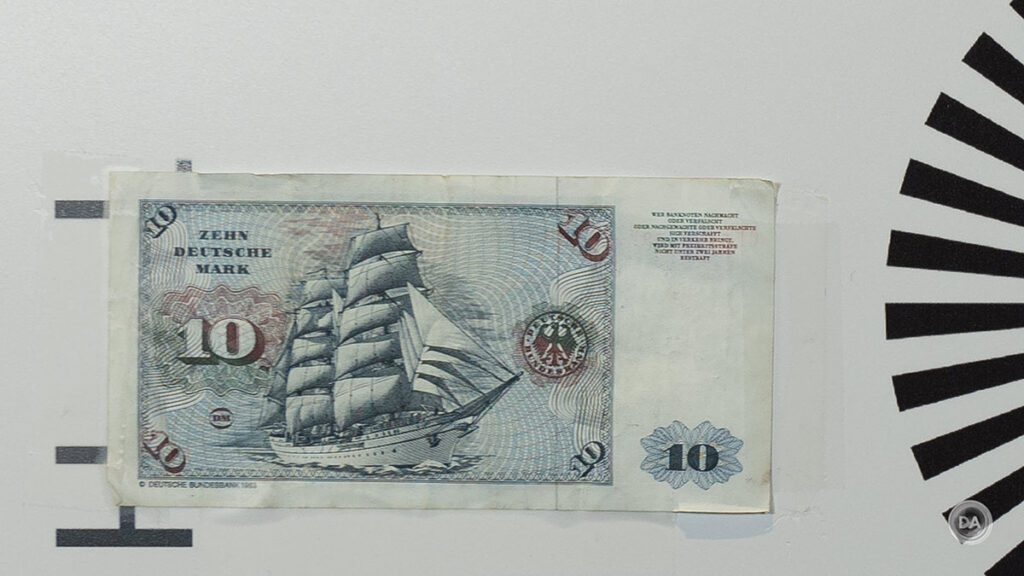

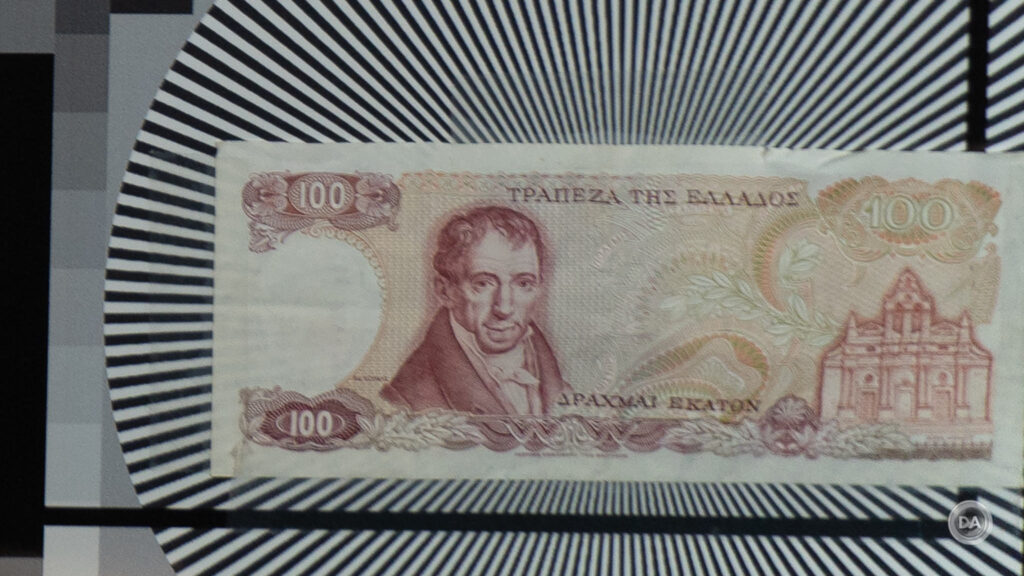
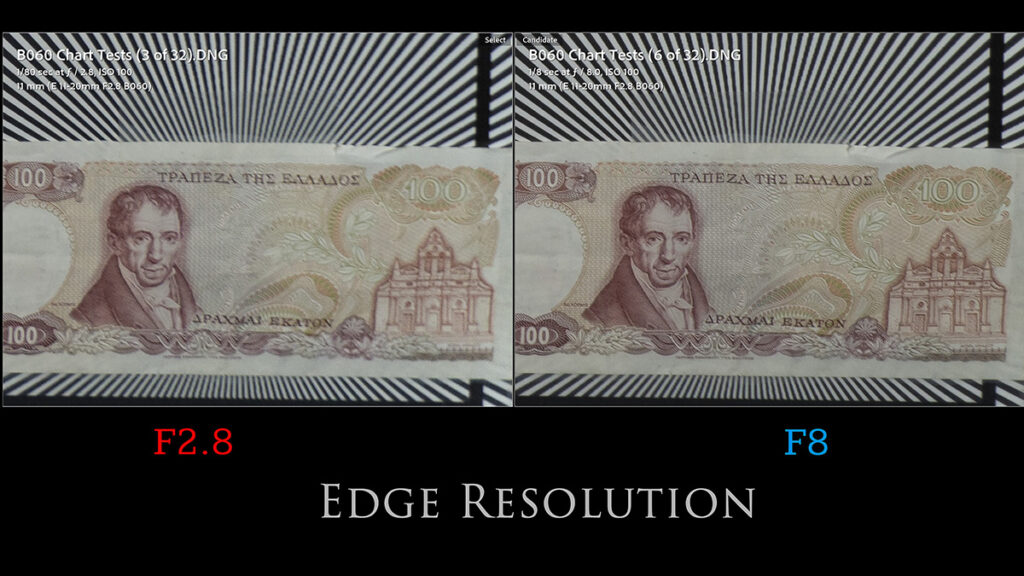

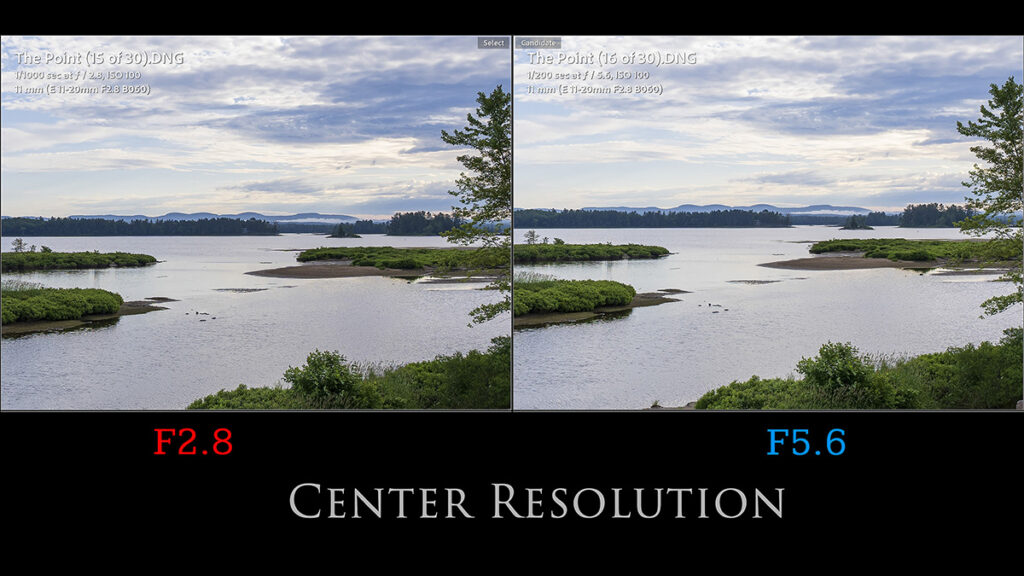
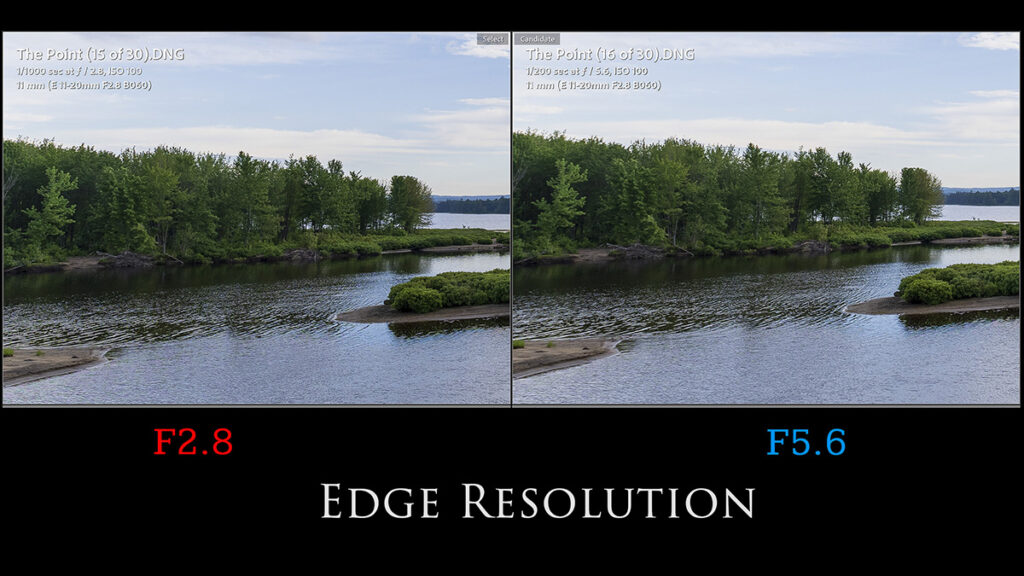

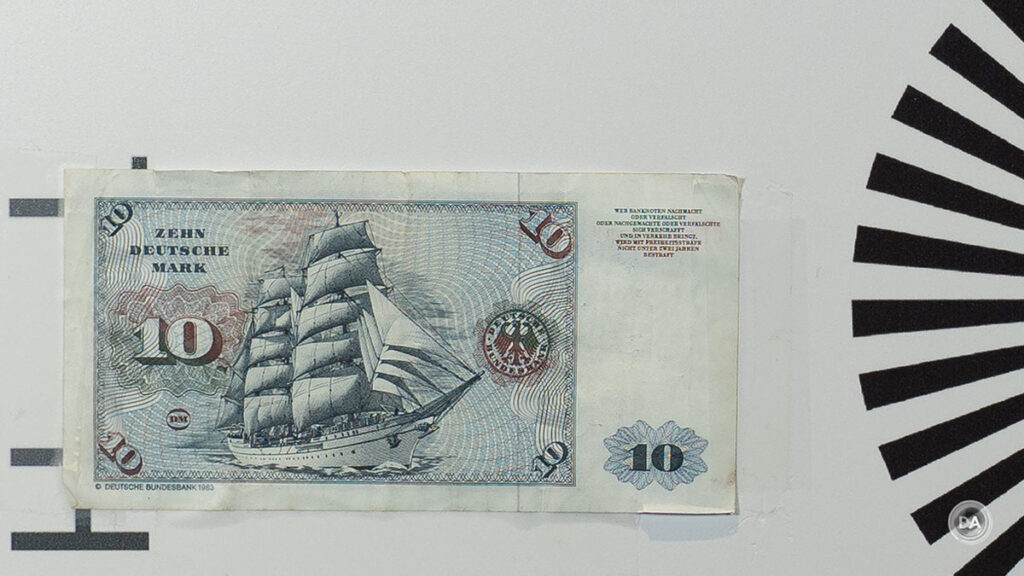
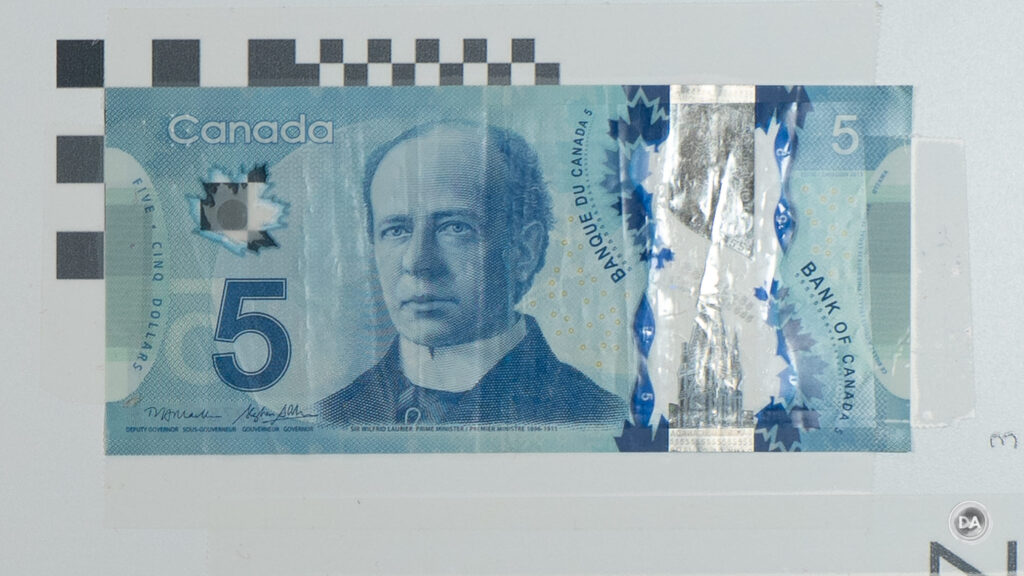
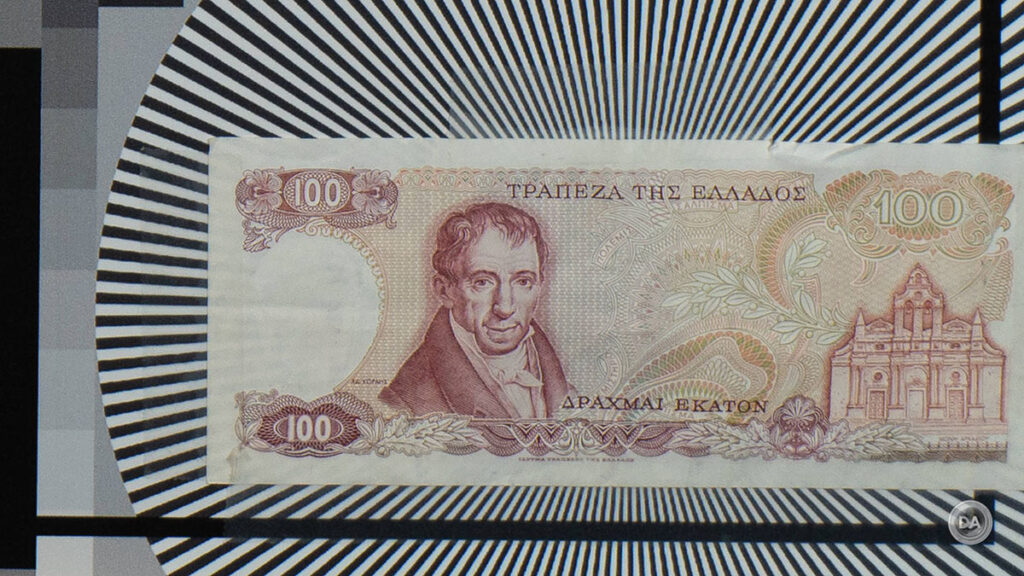










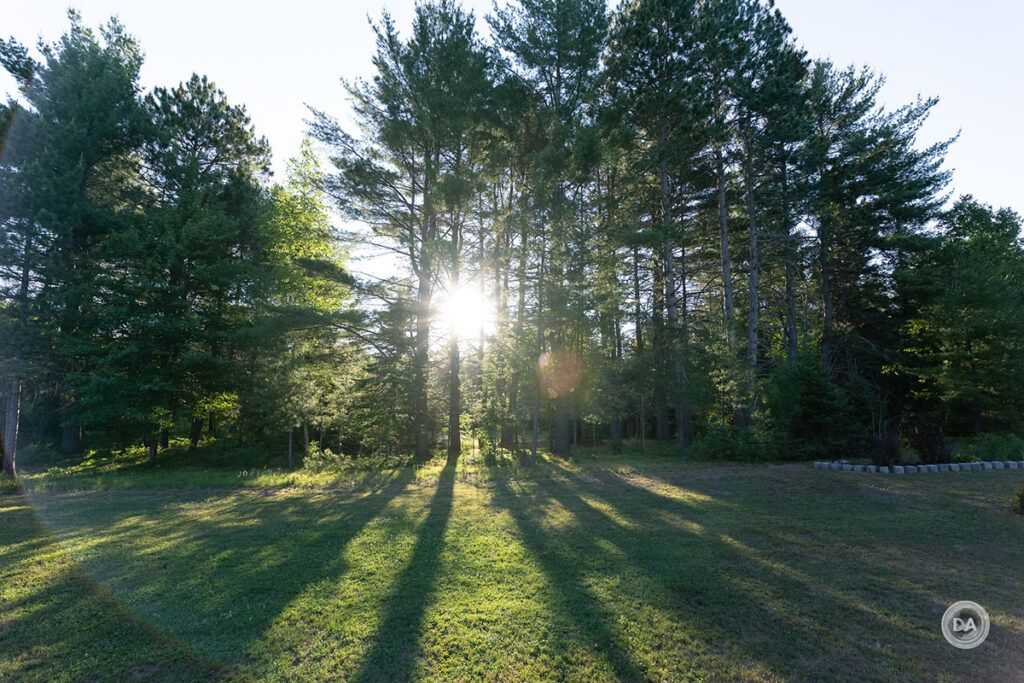
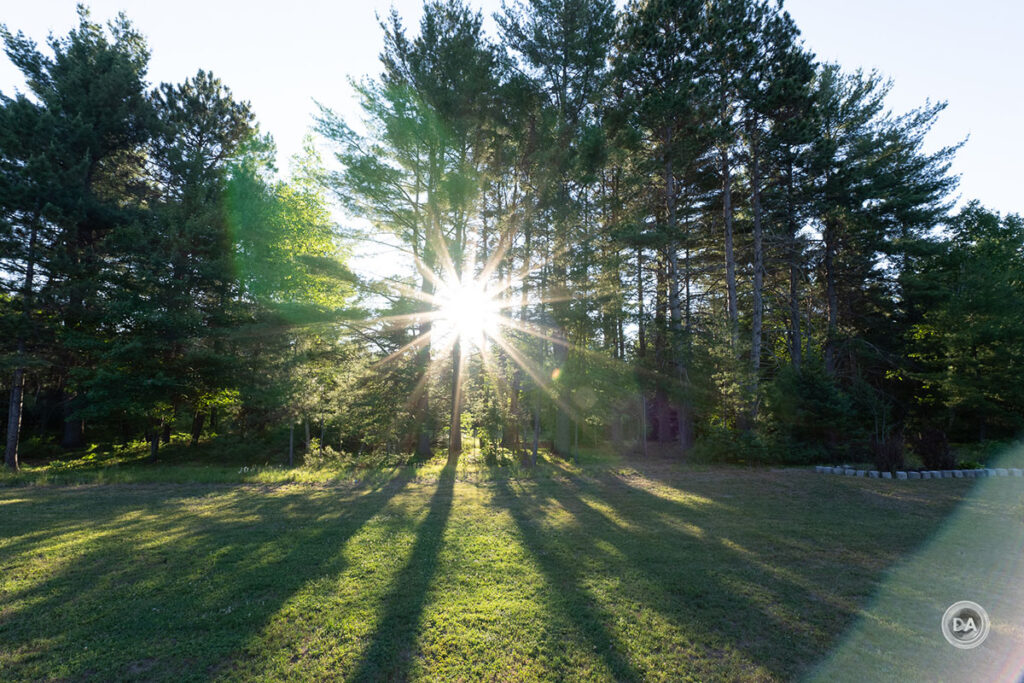
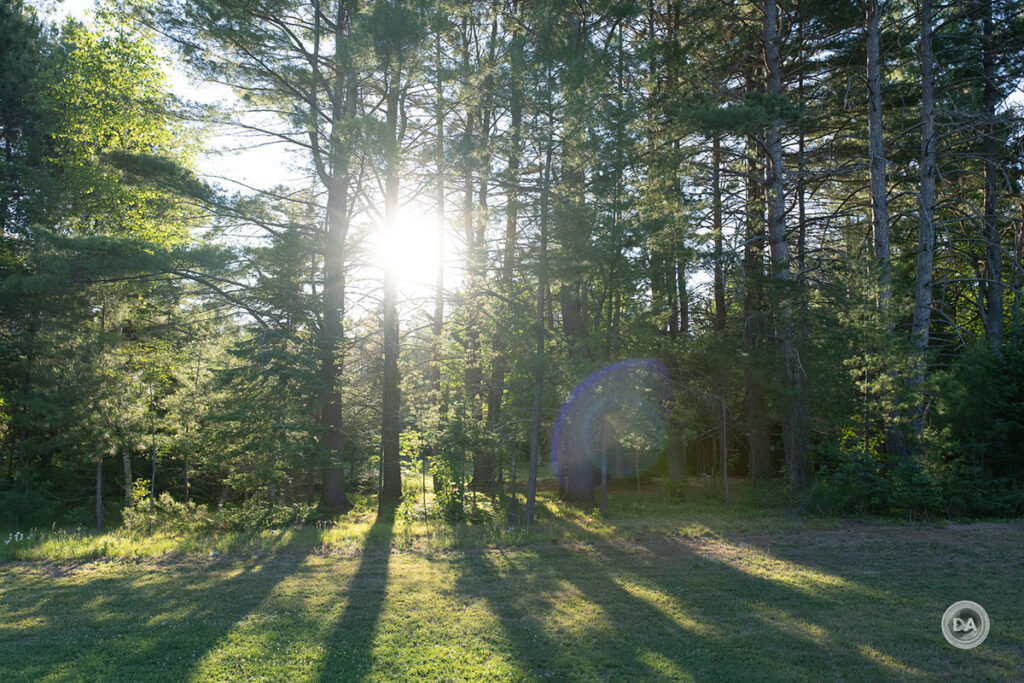
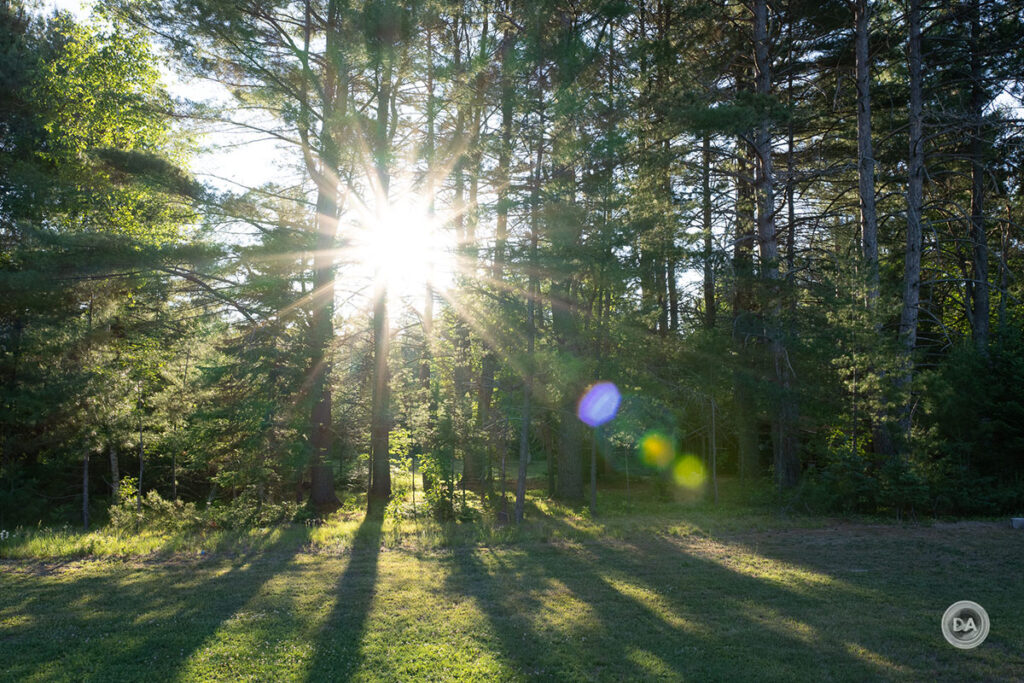

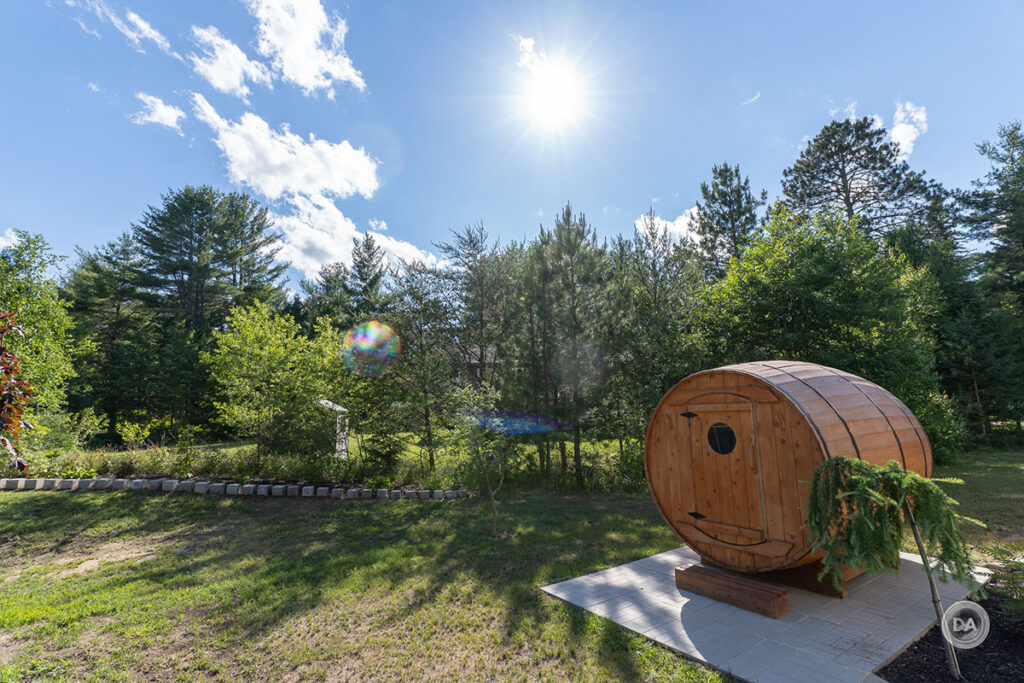
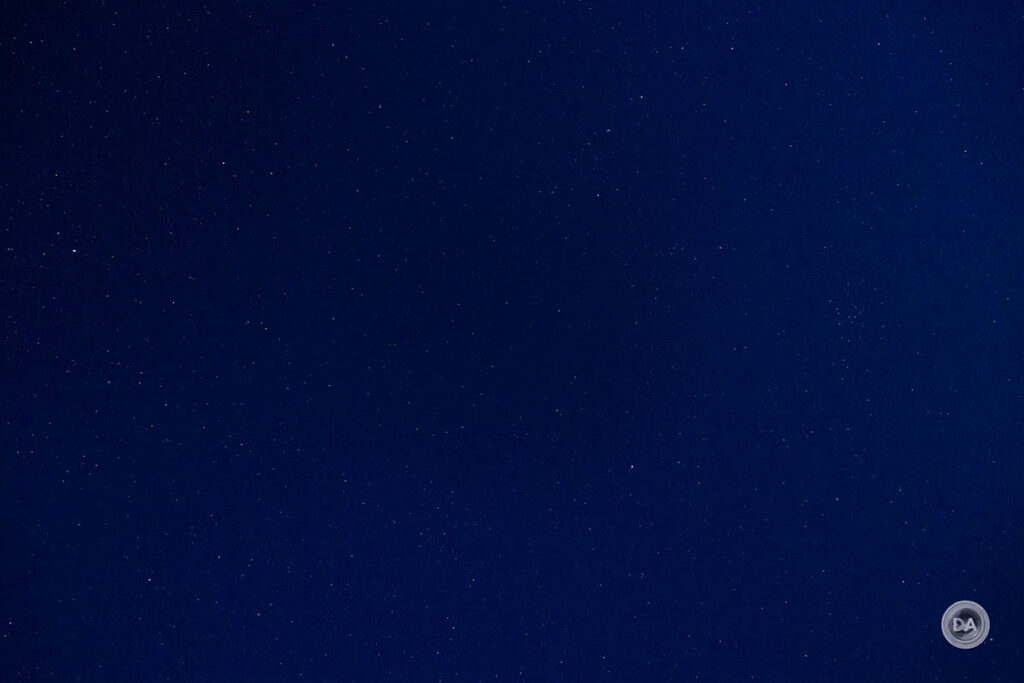
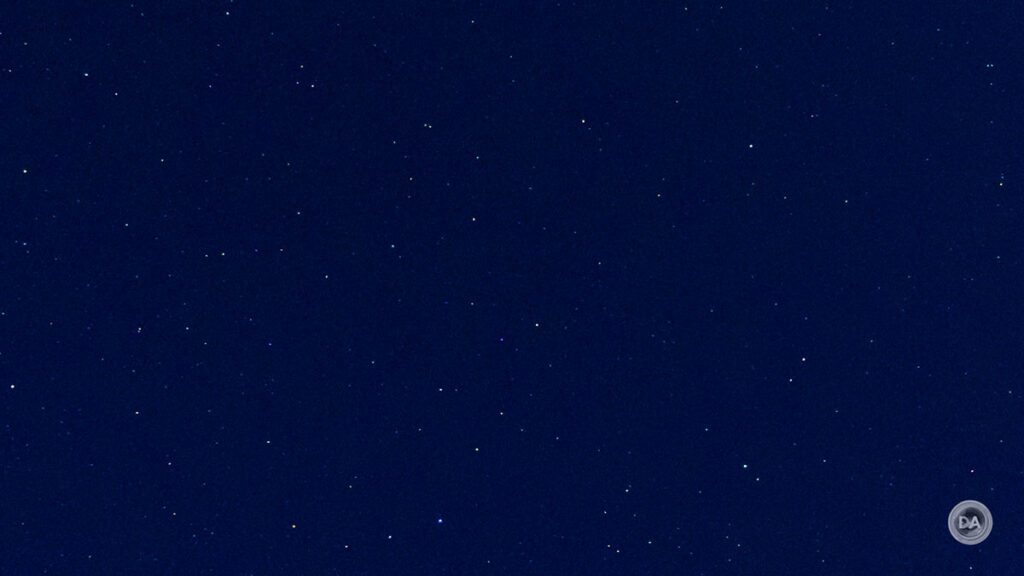
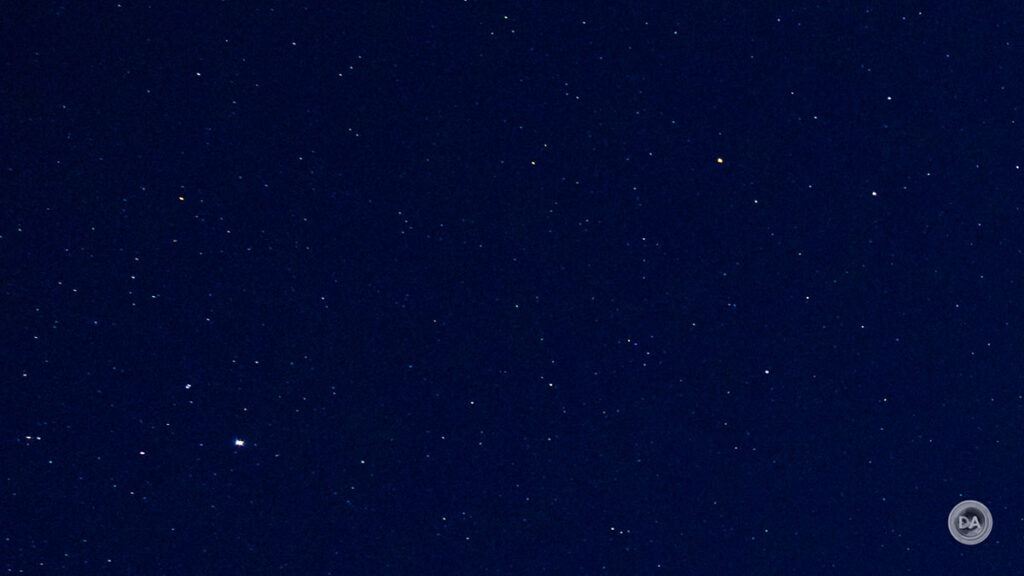








beauty but far from intermediate user…too costly…